Animals considered harmful to the ecosystem
New Zealand has a very strict policy on biodiversity. For decades, many species (especially mammals) were introduced to the country for their meat. Some of these species escaped, others reproduced without strict population control, and many are now considered pests that NZ is trying to eradicate.
Possums

First imported in 1837 for the fur trade, the Australian possum multiplied very quickly. Possums are a threat to trees (including those native to NZ), eating leaves and buds. In addition, they feed on the same foods as some New Zealand birds; they also eat chicks and attack their nests.
Major eradication programs were put in place but there are still millions of possums left. These animals are mainly seen at night in campsites (so avoid leaving your food outside) or on the side of the road.
Stoats
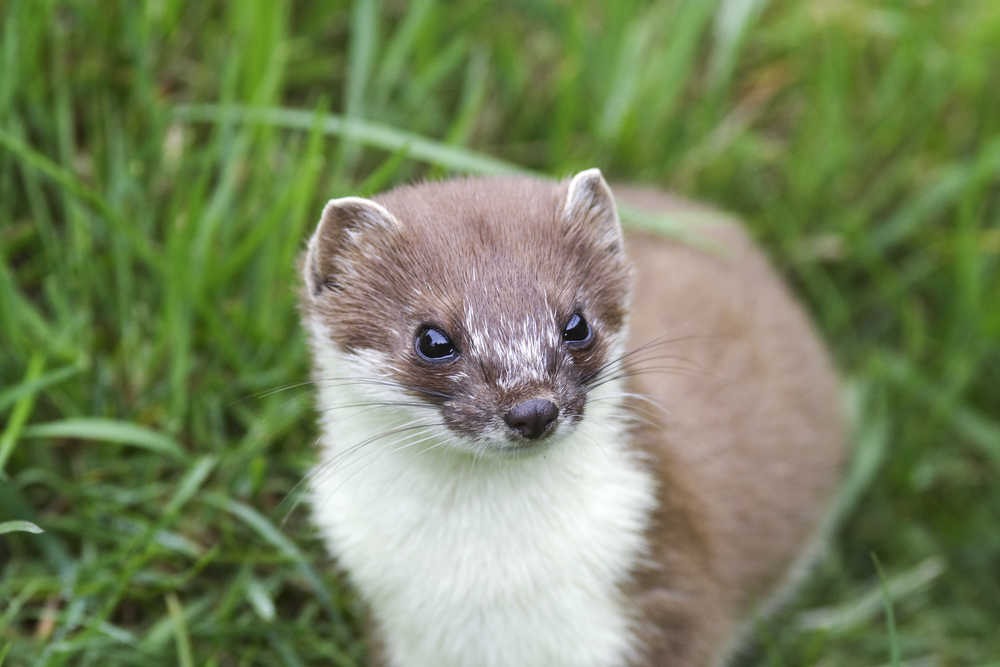
Stoats were introduced to New Zealand to combat the proliferation of mice and rabbits. Although stoats are protected in other countries, they are now considered a pest in NZ because they are a major threat to native birds (which they hunt), particularly kiwi.
Pet dogs and cats

Although there is no plan to eradicate these animals, they are both considered harmful to New Zealand’s biodiversity—especially birds—and there are rules in place to ensure they do not pose a threat.
Some places and campsites are also forbidden to dogs for this reason. There are courses to train dogs not to approach kiwi. Only dogs that have undergone this training are allowed to go into certain forests. Many cats are made to be indoor-only to stop them from attacking birds.
Deer
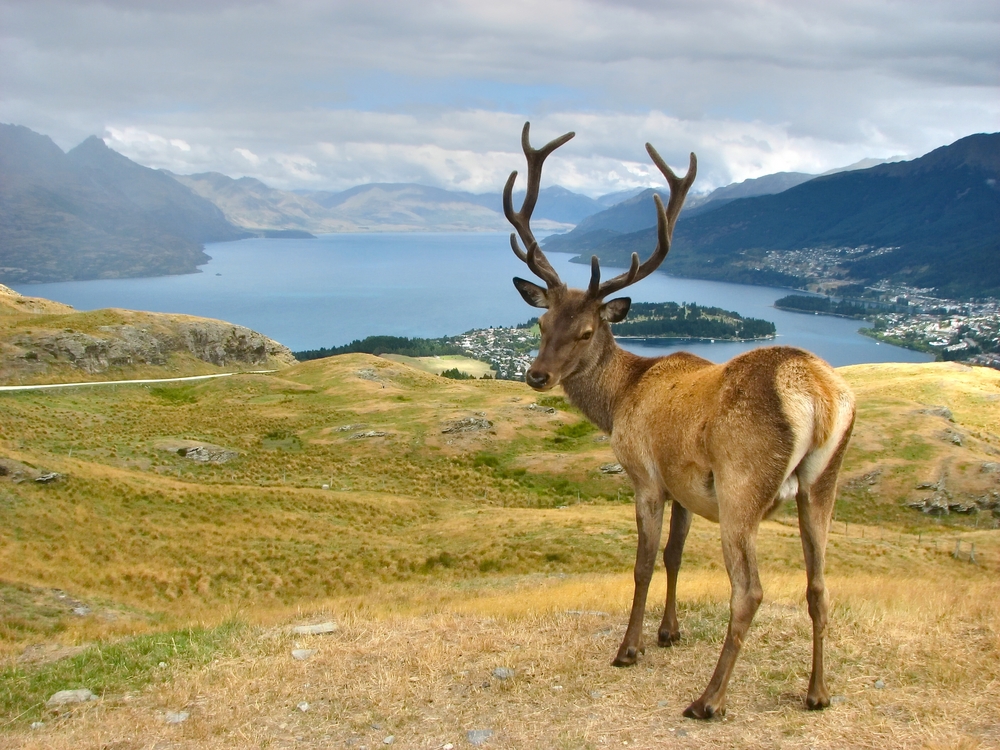
Deer were introduced to New Zealand for their meat and for hunting. They reproduced quickly and the New Zealand authorities quickly considered them pests, since they challenge the ecosystem of the territory. They are now considered a threat. However, many of them have been “domesticated” and are raised for their meat.
Other pests
Sandflies: the biggest pest to humans
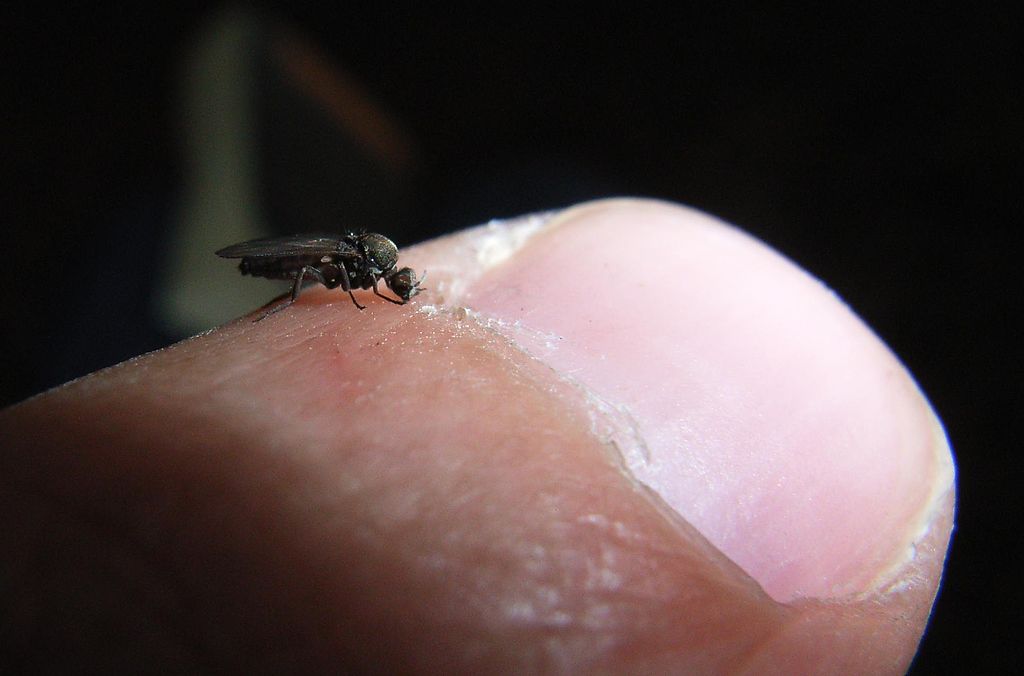
Every country has its bugs that we all hate. Mosquitoes are everywhere in the world, but the critter that will annoy you the most in New Zealand is a much smaller and itchier one: the sandfly.
Present in large numbers in Northland and on the West Coast (South Island), as well as near many rivers and beaches in New Zealand, sandflies are very small flies, numerous in population, who will not hesitate to come and bite you wherever they can.
As with mosquitoes, only females bite for the blood they need to lay their eggs. They are particularly active during the day, with peaks of activity in the morning and evening. Unlike mosquitoes, they do not inject you with some kind of anaesthetic to stop you from feeling the bite. You will feel the sting of a sandfly bite, not just at the time of the bite—the pain and itching can last for several weeks.
How to avoid them?
They are slow, so you should be able to kill one if you see it coming near. However, in large numbers, it’s harder to stop yourself from being attacked.
Staying on the move is the best way to avoid sandflies. Avoid stopping near waterways. When avoiding them isn’t possible, try to have long sleeves and clothing that covers your body to protect you.
There are many special sandfly repellents, which you can apply as a spray or a cream. There are also roll-on repellents, so you can apply the product to all exposed parts of your body.












 Français
Français English
English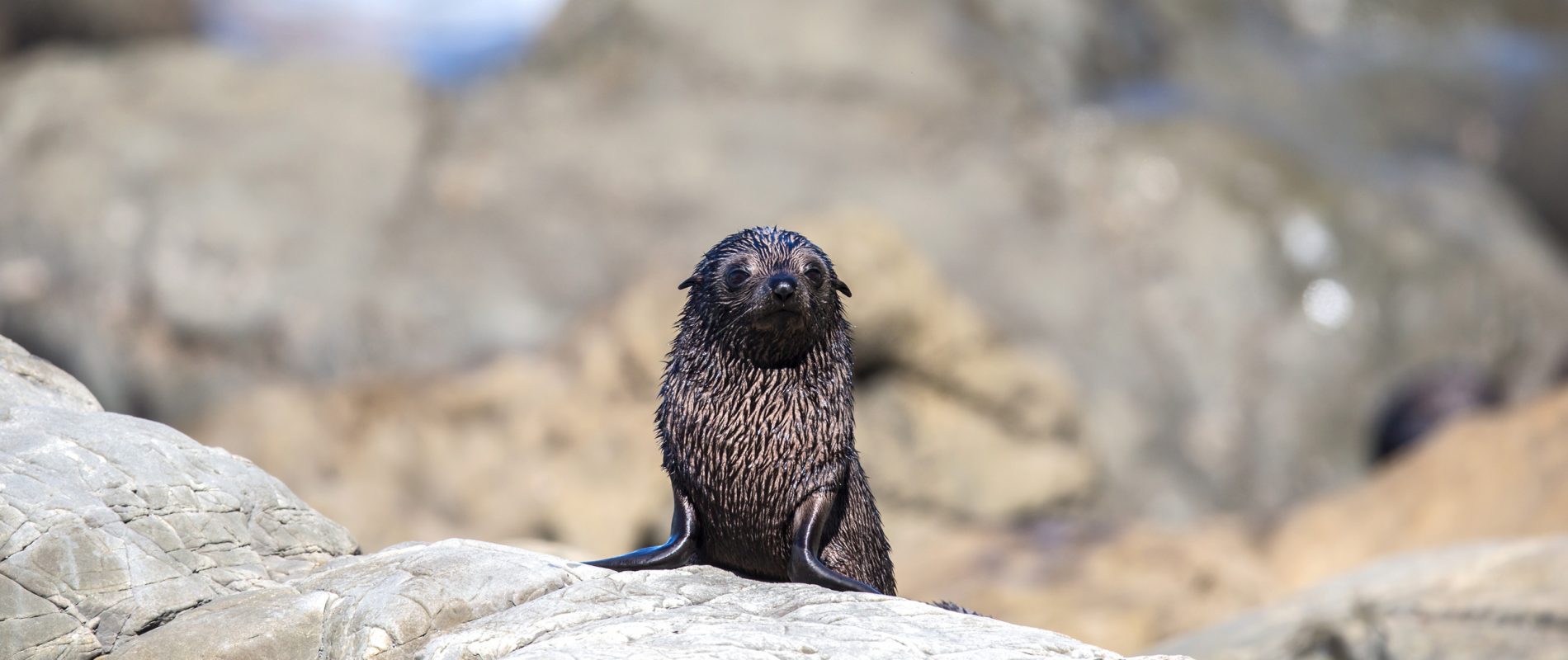





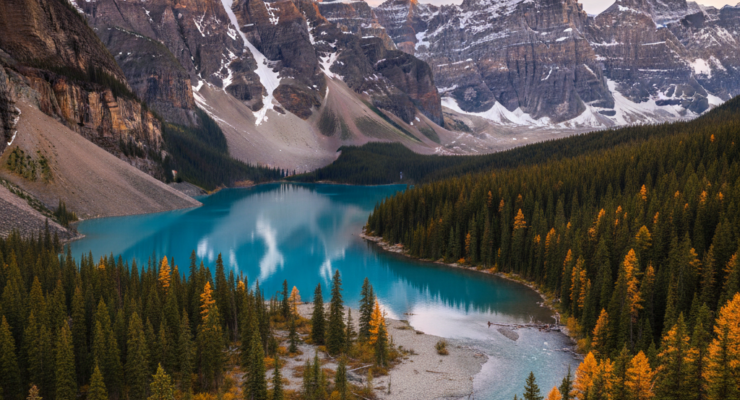



0 comments
{{like.username}}
Loading...
Load more